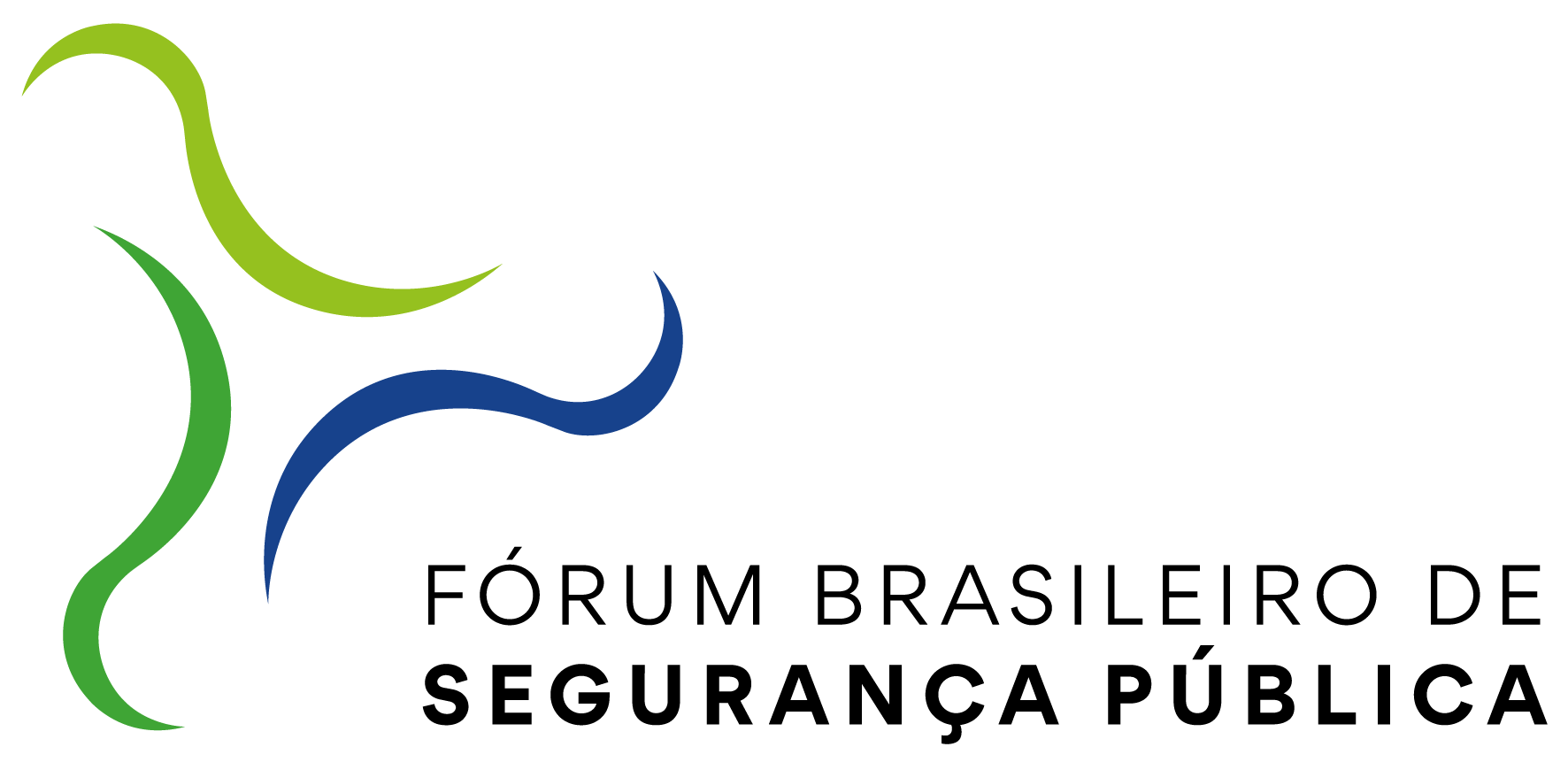Municipal Guards as citizen police model
modelos de polícia cidadã
DOI:
https://doi.org/10.31060/rbsp.2019.v13.n1.1054Keywords:
Police, Municipal guard, Brazilian police, Citizen police, Police modalitiesAbstract
This work describes the police mode of the Brazilian Municipal Guards as urban police, proximity police, citizen police, through a historical and sociological research of the origin and development of police activities in ancient and modern societies and states, with special attention to model proposed by Sir Robert Peel for the police of London in 1829. It also seeks to apply the typological analysis of the police modalities, according to the typology of Dominique Monjardet, to the police of the Brazilian states and municipalities and through this to propose a mode of sociological based analysis approach that is added to the legal analysis and allows to understand the phenomenon of municipal guards in a wider context than has hitherto been practiced. It also explains the implications of the latest legal norms dealing with municipal guards and relates them to the tradition of modern police, rescuing the etymological roots of the term "police" and its relation to cities.
Downloads
References
BALESTRERI, Ricardo Brisola. Direitos Humanos: Coisa de Polícia. Passo Fundo, RS: CAPEC, Pater Editora, 1998.
BAYLEY, David H. Padrões de Policiamento. Tradução: Renê Alexandre Belmonte. 2 ed.São Paulo: Edusp, 2017.
BRASIL. Constituição (1988). Diário Oficial da União. Brasília, DF, 5 out. 1988a.
BONDARUK, Major Roberson Luiz; SOUZA, Major César Alberto. Polícia Comunitária: Polícia Cidadã para um Povo Cidadão. 2 ed. Curitiba: Comunicare, 2004.
CARVALHO, Cláudio Frederico de. A Evolução da Segurança Pública Municipal no Brasil. Curitiba: Intersaberes, 2017.
CRESWELL, John W. Projeto de pesquisa: Métodos qualitativo, quantitativo e misto. Tradução: Luciana de Oliveira da Rocha. 2 ed. Porto Alegre: Artmed, 2007.
JUGEND, Marcelo. A Morte do Super Homem: Propostas para o enfrentamento Democrático da Violência e da Criminalidade. Curitiba: DPB, 2008.
MONET, Jean-Claude. Polícias e Sociedades na Europa. Tradução: Mary Amazonas Leite de Barros. 2 ed. São Paulo: Edusp, 2006.
MONJARDET, Dominique. O que faz a Polícia – Sociologia da Força Pública. Tradução: Mary Amazonas Leite de Barros. Ed. Rev.São Paulo: Edusp, 2002.
MONKKONEN, Erick H. História da Polícia Urbana. 1992. In: TONRY, Michael H.; MORRIS, Norval (Orgs.). Policiamento moderno. Tradução: JacyCardiaGhirotti. São Paulo: Edusp, 2003.
MOORE, Mark Harrison. Policiamento Comunitário e Policiamento para a Solução de Problemas. 1992. In: TONRY, Michael H.; Norval Morris (orgs). Policiamento moderno. Tradução: JacyCardiaGhirotti. São Paulo: Edusp, 2003.
REINER, Robert. A Pesquisa Policial no Reino Unido: Uma Análise Crítica. 1992. In: TONRY, Michael H.; MORRIS, Norval (Orgs.). Policiamento moderno. Tradução: Jacy CardiaGhirotti. São Paulo: Edusp, 2003.
REISS JR., Albert J. Organização da Polícia no Século XX. 1992. In: TONRY, Michael H.; MORRIS, Norval (Orgs.). Policiamento moderno. Tradução: JacyCardiaGhirotti. São Paulo: Edusp, 2003.
ROLIM, Marcos. A síndrome da rainha vermelha: policiamento e segurança pública no século XXI. 3 ed., Rio de Janeiro: Zahar, 2006.
SHERMAN, Lawrence W. Combatendo o Crime: A Polícia e o Controle do Crime. 1992. In: TONRY, Michael H.; MORRIS, Norval (Orgs.). Policiamento moderno. Tradução: JacyCardiaGhirotti. São Paulo: Edusp, 2003.
SOUZA, César Alberto; ALBUQUERQUE, Marinson Luiz. Segurança Pública: Históricos, Realidades e Desafios. Curitiba: Intersaberes, 2017.
SZABÓ , Ilona; RISSO Melina. Segurança pública para virar o jogo. Rio de Janeiro: Zahar, 2018.
TONRY, Michael H.; MORRIS, Norval (Orgs.). Policiamento moderno. Tradução: JacyCardiaGhirotti. São Paulo: Edusp, 2003.
UNITED KINGDOM. Definition of Policing by Consent.
Downloads
Published
How to Cite
Issue
Section
License
Copyright (c) 2019 Revista Brasileira de Segurança Pública

This work is licensed under a Creative Commons Attribution 4.0 International License.
Licensing
The Brazilian Journal of Public Security uses the Creative Commons License as a form of licensing for its published works. The license used follows the CC BY 4.0 - Attribution 4.0 International model.
To see the permitted rights please go to the full licence or to our Copyright and Licensing page.



